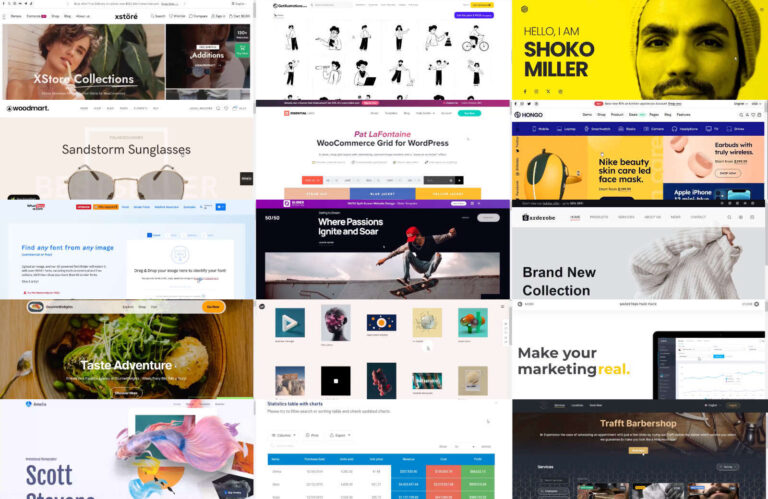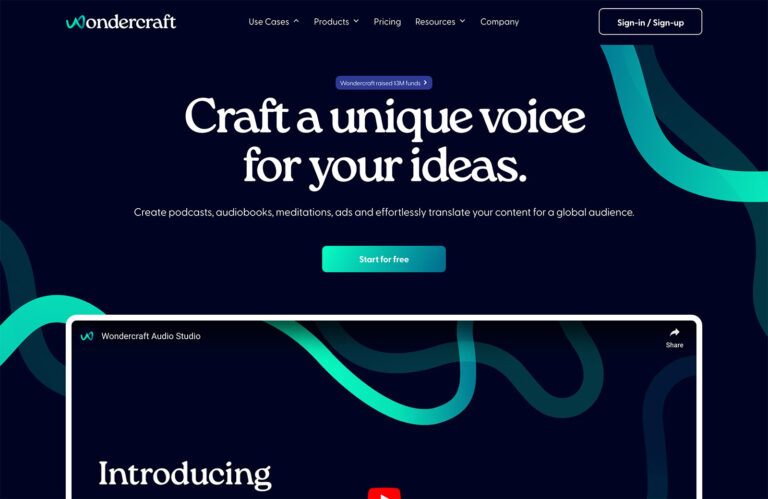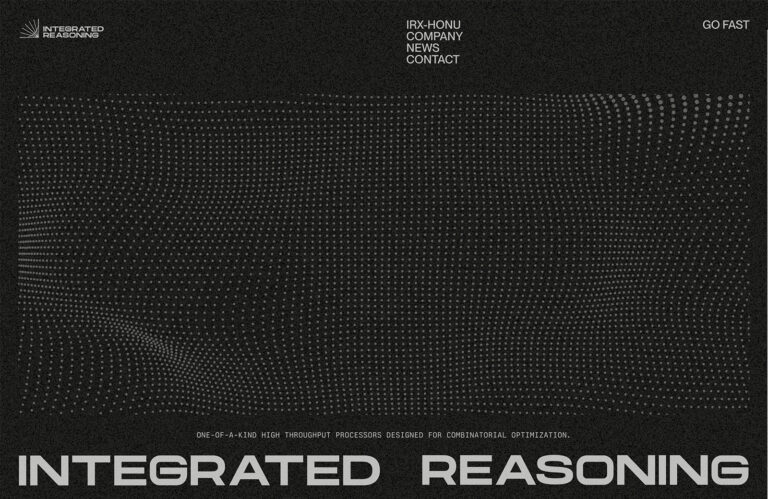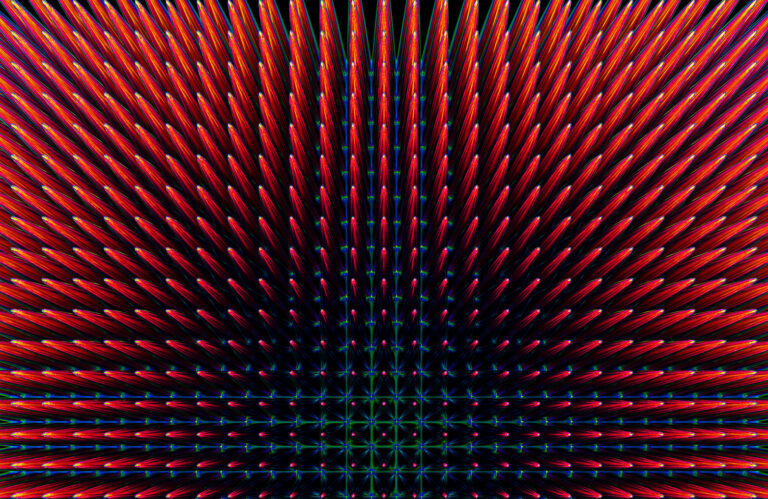
April 05, 2024
The digital landscape is evolving rapidly. With the advent of AI, every sector is witnessing a revolution, including web design.

As a web designer, staying ahead means adapting and integrating new technologies into your workflow. This blog post will explore how you can remain relevant and thrive in this new age of artificial intelligence.
Understanding AI in Web Design
AI is no longer just a buzzword; it’s a practical tool that reshapes traditional workflows and enables designers to achieve more with less effort.
AI technologies can now automate tasks that once consumed hours of manual labor, such as creating initial design layouts, optimizing color schemes, and suggesting user interface elements based on user behavior data.
AI-powered tools speed up the design process and help maintain consistency and enhance user experience across platforms.
Additionally, AI handles vast amounts of data, allowing designers to tailor experiences to user preferences and behaviors, thus enhancing personalization and engagement.
By leveraging AI, web designers can focus their energies on more complex and creative aspects of design, ensuring that their work remains innovative and efficient. This shift towards AI integration allows designers to stay competitive in a rapidly evolving digital landscape, pushing the boundaries of what’s possible in our field.
Essential AI Skills for the Modern Web Designer
Technical proficiency in AI tools is foundational for modern web designers. It’s as essential as a comprehensive understanding of layout techniques, typography, responsive design, and user experience.
To stay relevant, designers need a range of skills, all of which can be enhanced using AI:
Technology Skills
It would be best if you got hands-on with AI-based design software. It’s not difficult, considering that most design software already employs AI. You might even be using AI-powered apps without realizing it!
Once you’re comfortable with the tools, it’s crucial to understand machine-learning models and how they generate output. That way, the results you get will be predictable.
Creative Skills
To stay relevant, you must deliver in areas where AI can’t compete. AI is excellent at tedious, repetitive tasks, but it’s not so great at creative tasks that require thinking outside the box.
Emphasize storytelling in your work. Create compelling narratives that employ metaphors to engage users in a way AI can’t. You can also develop a signature style that sets you apart from the competition and can’t be easily replicated by AI.
Interpersonal Skills
Treat AI as a collaborative partner in your design process. It’s more than a tool, but it’s not your boss. Rely on it when it helps you, help it in return, and keep the relationship healthy.
Introduce AI to your clients. Make sure clients understand where and how AI fits in your workflow. Be adept at explaining how AI benefits the client.
Integrating AI into Your Workflow
Integrating AI into your web design workflow can transform how you approach projects, boosting efficiency and creativity. Regularly exploring new AI technologies and updates will keep your skills sharp and your designs innovative.
As a web designer, you’re constantly learning and adapting. AI tools are no different. Regularly update your knowledge and proficiency with AI tools by following industry leaders on social media, subscribing to relevant newsletters, and participating in forums where new ideas and technologies are discussed.
This ongoing educational commitment ensures you can adapt to new tools and methodologies, keeping your work fresh and relevant.
Incorporating AI doesn’t mean losing your job to robots; it means enhancing your skills and efficiency. Continuous learning is the key to future-proofing your career.
Ethical Considerations and Sustainability
Integrating AI raises critical ethical considerations and sustainability issues that designers must conscientiously address.
At the forefront of these considerations is bias. The nature of machine learning means that AI tools can inadvertently perpetuate bias that they have picked up through the large amounts of data they consume for training. It’s your responsibility to ensure that biases don’t make their way into the final work and to ensure inclusivity.
On the sustainability front, designers are positioned to leverage AI to promote energy-efficient practices. This includes optimizing website code for faster loading times and reduced energy consumption, thereby reducing the carbon footprint of digital products.
By considering these ethical and sustainable practices, web designers not only uphold their professional integrity but also contribute to a more equitable and environmentally responsible digital world.
Conclusion
AI is not just a tool; it’s a catalyst for innovation in web design. By embracing AI, enhancing your skills, and practicing ethically, you future-proof your career and elevate your creative potential. Let AI take on the mundane, leaving you free to explore the heights of your creativity.
This post guides you through the integration of AI in web design, ensuring you remain a vital part of this exciting future. Use these insights to enhance your work, engage more deeply with your projects, and deliver exceptional web experiences.
Louise North
Louise is a staff writer for WebdesignerDepot. She lives in Colorado, is a mom to two dogs, and when she’s not writing she likes hiking and volunteering.





